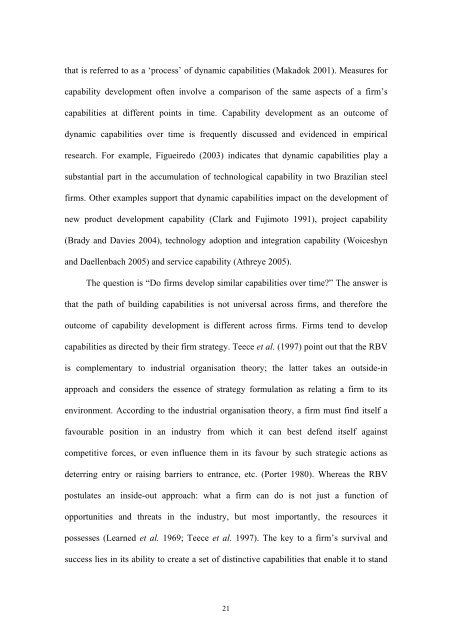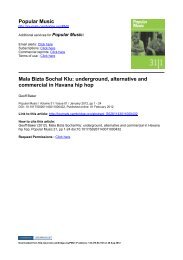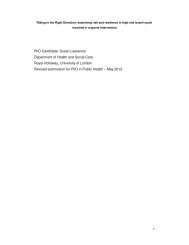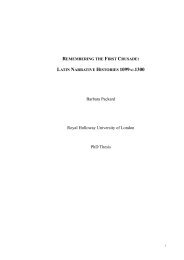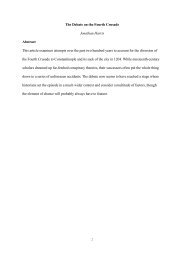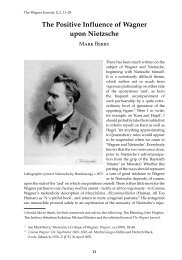Dynamic Capabilities: A Review and Research Agenda
Dynamic Capabilities: A Review and Research Agenda
Dynamic Capabilities: A Review and Research Agenda
You also want an ePaper? Increase the reach of your titles
YUMPU automatically turns print PDFs into web optimized ePapers that Google loves.
that is referred to as a ‘process’ of dynamic capabilities (Makadok 2001). Measures for<br />
capability development often involve a comparison of the same aspects of a firm’s<br />
capabilities at different points in time. Capability development as an outcome of<br />
dynamic capabilities over time is frequently discussed <strong>and</strong> evidenced in empirical<br />
research. For example, Figueiredo (2003) indicates that dynamic capabilities play a<br />
substantial part in the accumulation of technological capability in two Brazilian steel<br />
firms. Other examples support that dynamic capabilities impact on the development of<br />
new product development capability (Clark <strong>and</strong> Fujimoto 1991), project capability<br />
(Brady <strong>and</strong> Davies 2004), technology adoption <strong>and</strong> integration capability (Woiceshyn<br />
<strong>and</strong> Daellenbach 2005) <strong>and</strong> service capability (Athreye 2005).<br />
The question is “Do firms develop similar capabilities over time?” The answer is<br />
that the path of building capabilities is not universal across firms, <strong>and</strong> therefore the<br />
outcome of capability development is different across firms. Firms tend to develop<br />
capabilities as directed by their firm strategy. Teece et al. (1997) point out that the RBV<br />
is complementary to industrial organisation theory; the latter takes an outside-in<br />
approach <strong>and</strong> considers the essence of strategy formulation as relating a firm to its<br />
environment. According to the industrial organisation theory, a firm must find itself a<br />
favourable position in an industry from which it can best defend itself against<br />
competitive forces, or even influence them in its favour by such strategic actions as<br />
deterring entry or raising barriers to entrance, etc. (Porter 1980). Whereas the RBV<br />
postulates an inside-out approach: what a firm can do is not just a function of<br />
opportunities <strong>and</strong> threats in the industry, but most importantly, the resources it<br />
possesses (Learned et al. 1969; Teece et al. 1997). The key to a firm’s survival <strong>and</strong><br />
success lies in its ability to create a set of distinctive capabilities that enable it to st<strong>and</strong><br />
21


